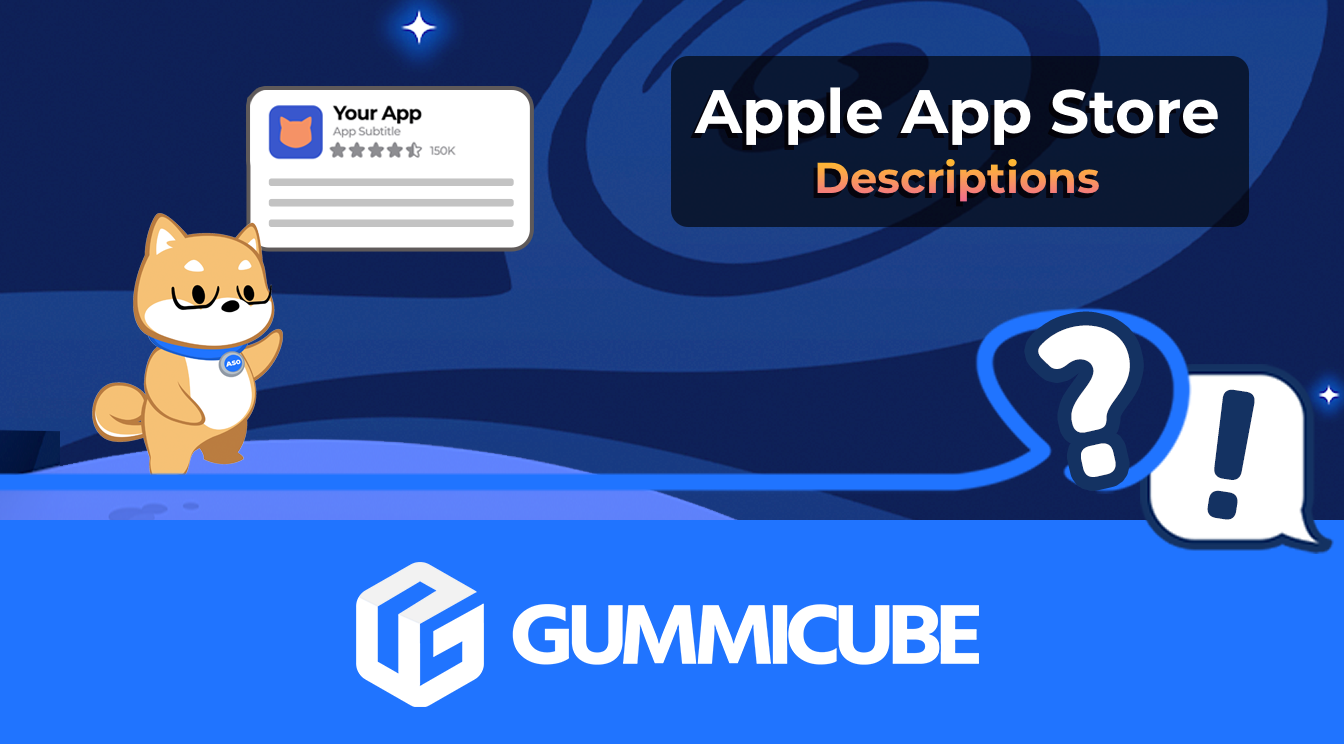
How to Write an Apple App Store Description
Posted on July 17th, 2024
Learn how to approach App Store descriptions the right way so you can effectively engage and convert users.

There are apps out there for nearly every purpose, and all of them can benefit from App Store Optimization. As workers and companies look into telecommuting options that enable them to work from home or on the go, apps offering such capabilities should examine their App Store Optimization to ensure they’re reaching and converting the optimal number of users. Here are some ASO tips for telecommuting apps.
The keywords you use for your app will determine what searches it appears in. For telecommuting apps, it’s important to select keywords relevant to the specific functionality and general uses of the app.
For instance, as the need to telecommute grows, users may begin searching more for terms like “work from home.” A good ASO platform can identify if that keyword is in demand, if users are searching for acronyms like “WFH” or if different keywords like “remote work” are in demand.
Users may instead be searching for specific features that allow them to work from home. Telecommuting app developers should ensure they’re targeting keywords that focus on that functionality, such as “video calls” and “collaborate.” Understanding which keyword has the most search volume will ensure you’re targeting the best keyword; for instance, “collaborate” has high search volume, while “collaboration” does not.
After identifying the keywords that are relevant to the app with high search volume, the next step is to integrate them into the keyword fields.
For iOS apps, this includes using them in the title and subtitle as well as adding them to the keyword bank. Keep in mind that the title and subtitle can be 30 characters long, while the keyword bank has room for 100 characters. ASO best practices advise using as much of this space as possible. For instance, an app targeting “collaborate” can add a title tag such as “AppName: Collaborate With Work” or a subtitle like “Collaborate over Video Calls.”
For Android apps, the keywords should be used in the title, short description and long description. Google Play’s algorithm weighs the keywords used in the title and short description heavily, then crawls the long description for keywords.
While keywords will help an app appear in searches, the creatives play a major role in getting clicks and conversions. The icon, screenshots and videos used by an app are important for attracting users and conveying information about the features the app provides.
In the case of telecommuting apps, the icon should either signify what the app does or focus on company branding. For instance, Skype and Slack both have recognizable brand iconography, while apps like AW (a video calling app) use video camera imagery.
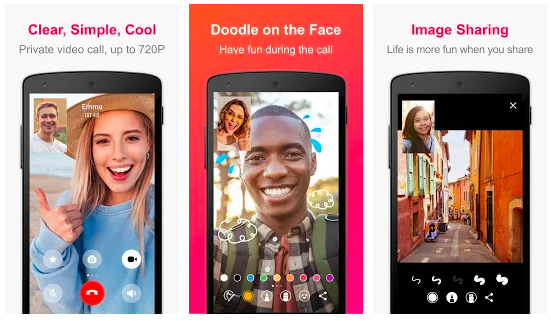
The screenshots should focus on highlighting the functionality of the app and how it can be used for telecommuting. For instance, the JusTalk app on Google Play uses screenshots of video calls in progress, while each screen includes callout text at the top of the image describing the features.
Videos should be engaging and informative. Each store has different rules for the videos. Apple only allows in-app footage, so videos should demonstrate the app as it’s being used to send messages, collaborate, make calls and so forth. Google Play allows a wider variety of footage, so it can also include clips of users collaborating through the app.
For example, Slack uses a video on Google Play that shows the app in action, including the various channels and chat functionality. This includes text floating across the screen that describes what features are being shown. This video can work on Google Play, but not on iOS as it’s 34 seconds long (four seconds longer than Apple allows) and it’s not made using entirely in-app footage.
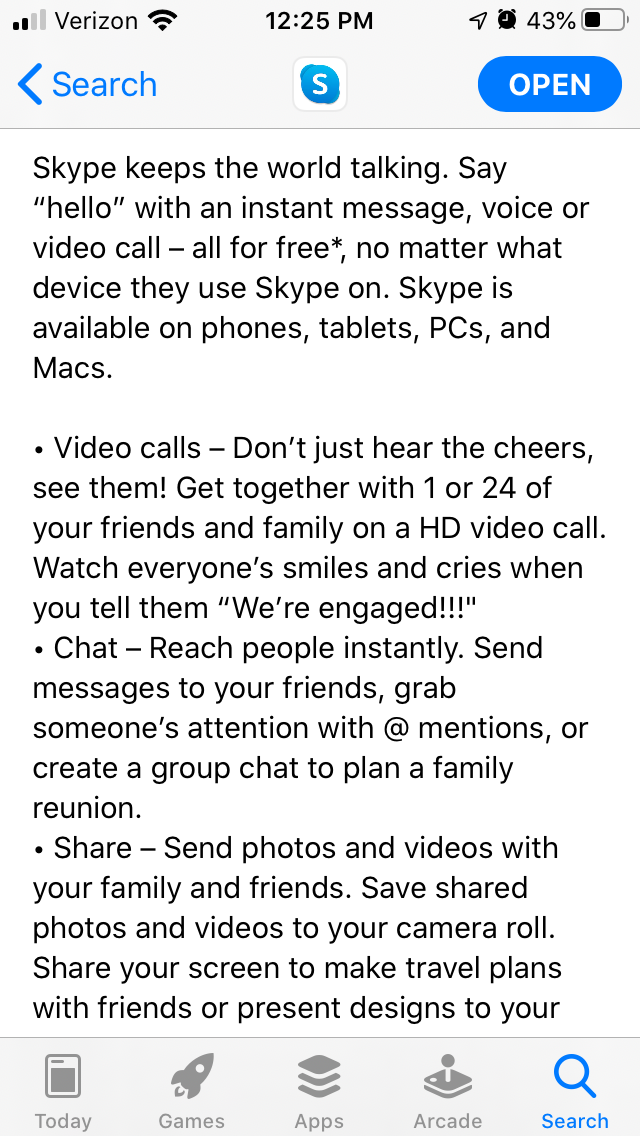
The app description should go into further detail about all the telecommuting tools the app provides. This includes separate sections for functions such as chat, video calls, team collaboration and so forth. Be sure to highlight how these can be used for mobile workers.
App Store Optimization best practices differ on the various stores, so developers should create different descriptions for iOS and Google Play. For instance, iOS descriptions should utilize short lines that are easy to read while scrolling through the page, and Google Play descriptions need to utilize keywords at the start of each line. Both should include feature sets that delve into the telecommuting functionalities.
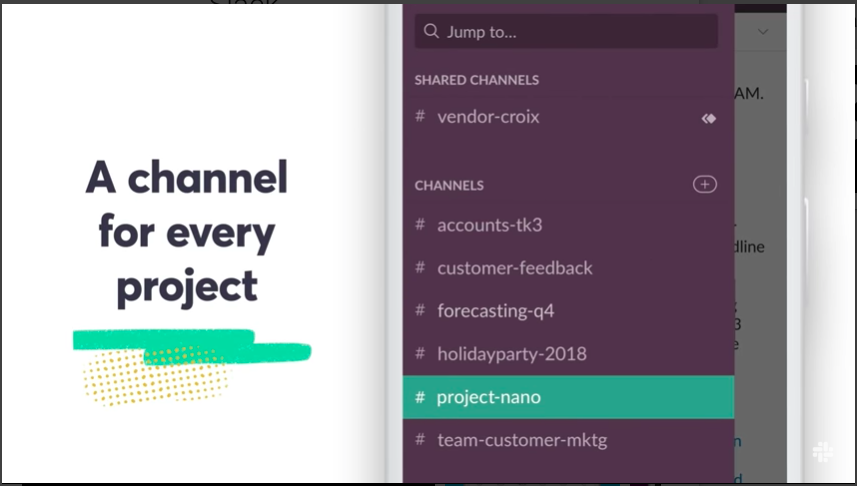
App Store Optimization is essential for apps in any industry. As the need for telecommuting grows and employees begin to work remotely more frequently, developers of apps with telecommuting functionality should ensure their ASO strategy highlights their offerings. This includes following the best practices for keywords, creatives and descriptions. Good ASO can help a telecommuting app connect workers and businesses around the world.
Want more information regarding App Store Optimization? Contact Gummicube and we’ll help get your strategy started.

Learn how to approach App Store descriptions the right way so you can effectively engage and convert users.
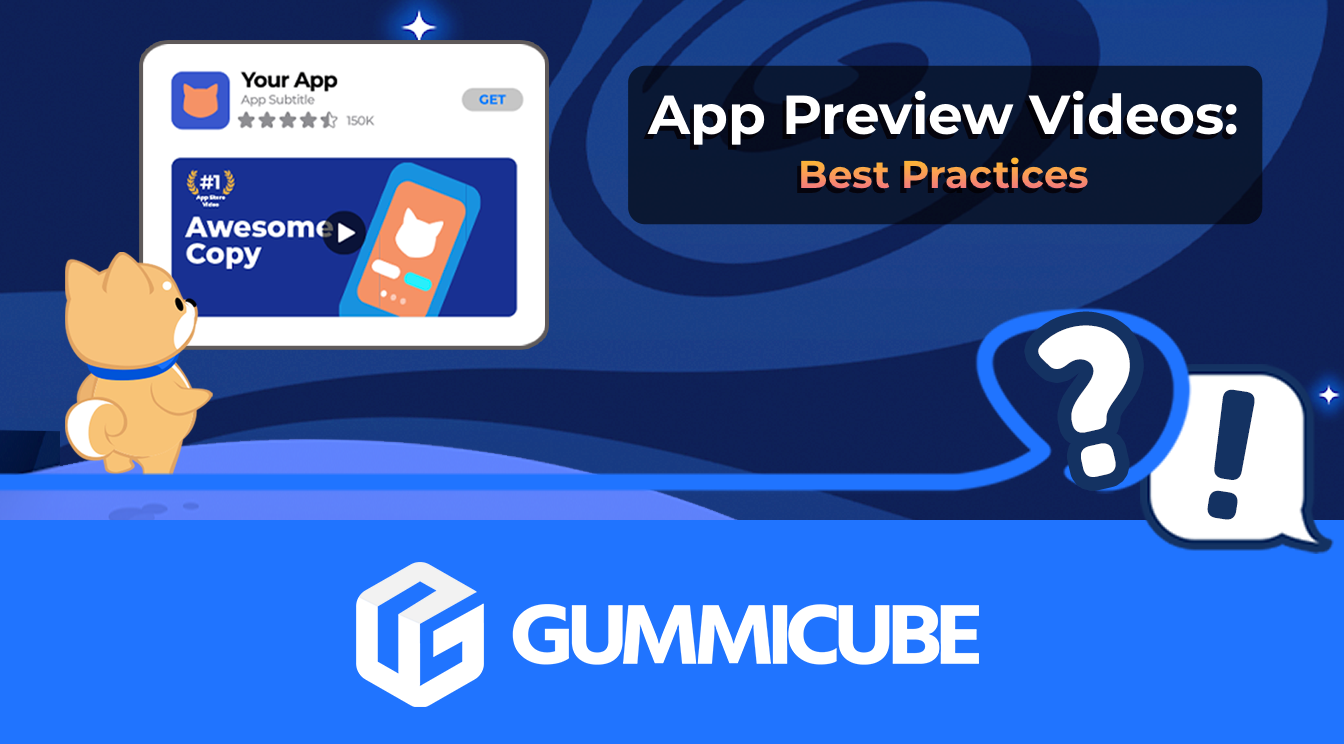
Learn how to grab your audience's attention through effective and engaging app store preview videos.
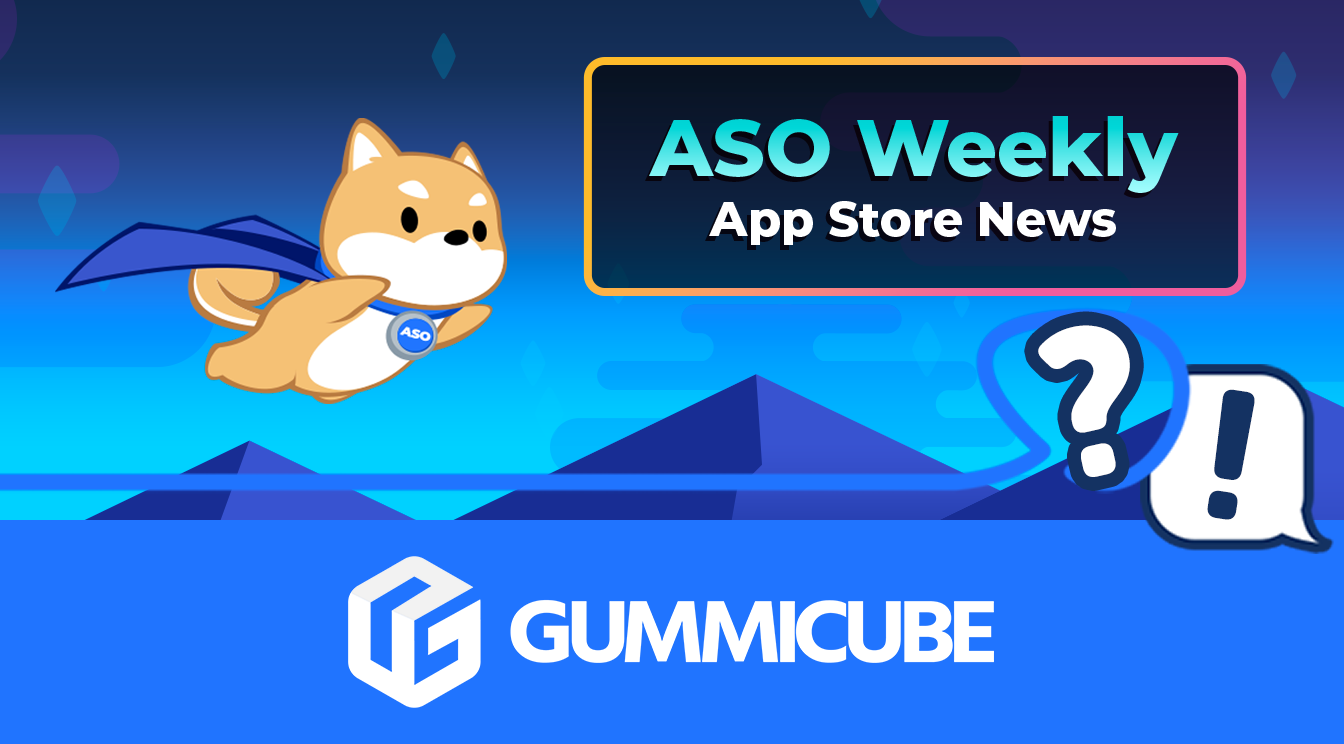
Welcome to this week’s ASO Weekly - The App Store halts gambling ads amidst outcry and the Apple takes a bite out of NFT app sales.